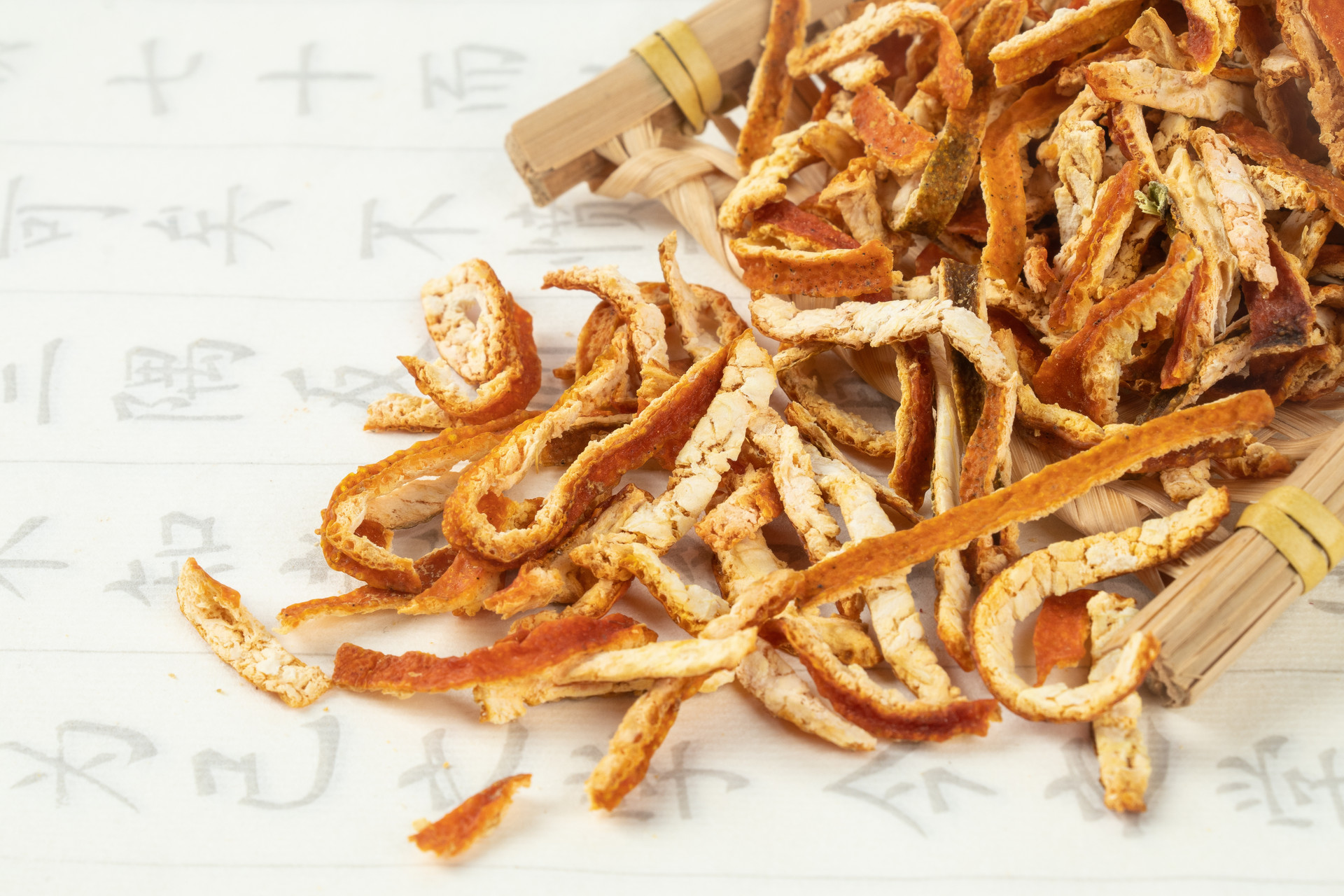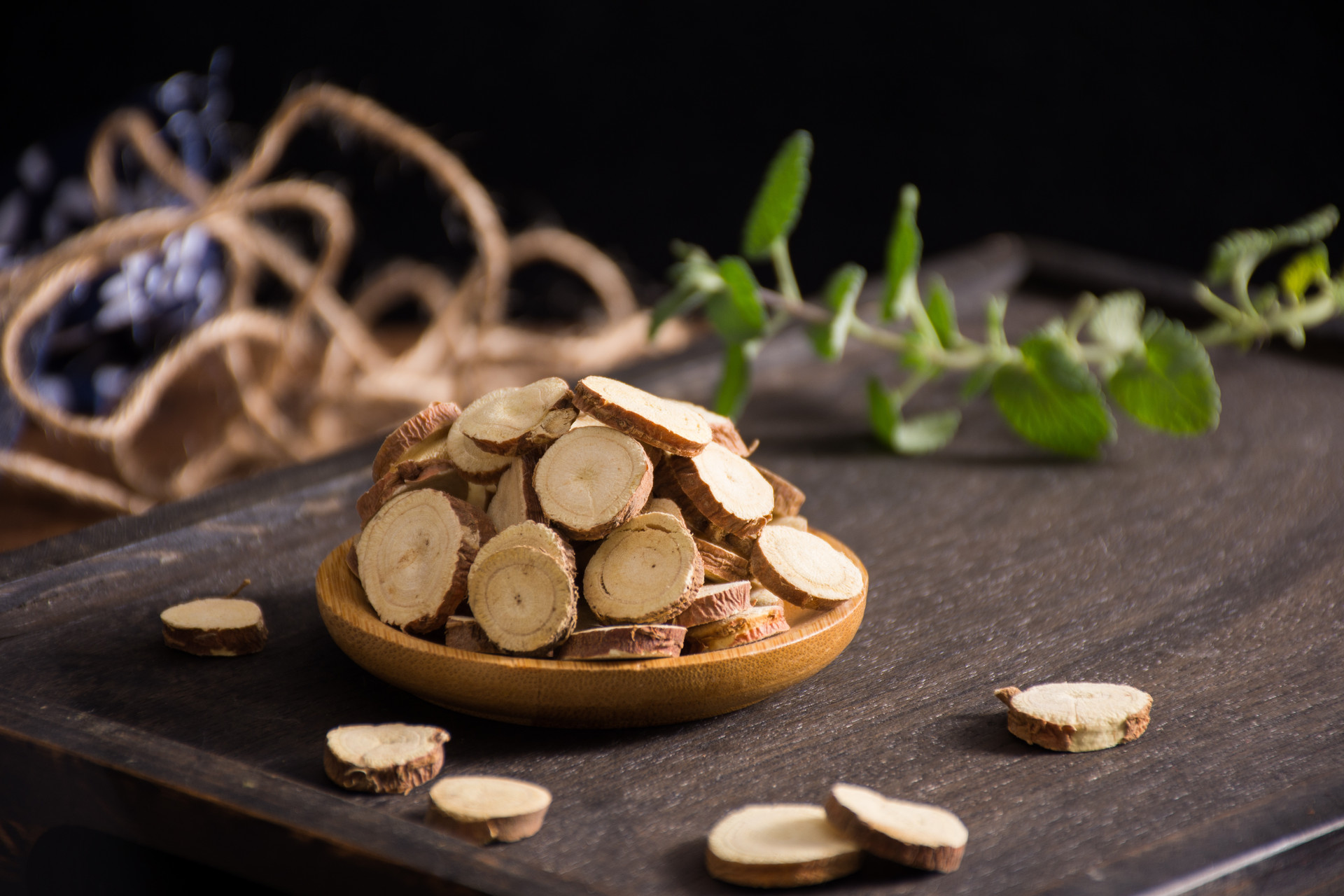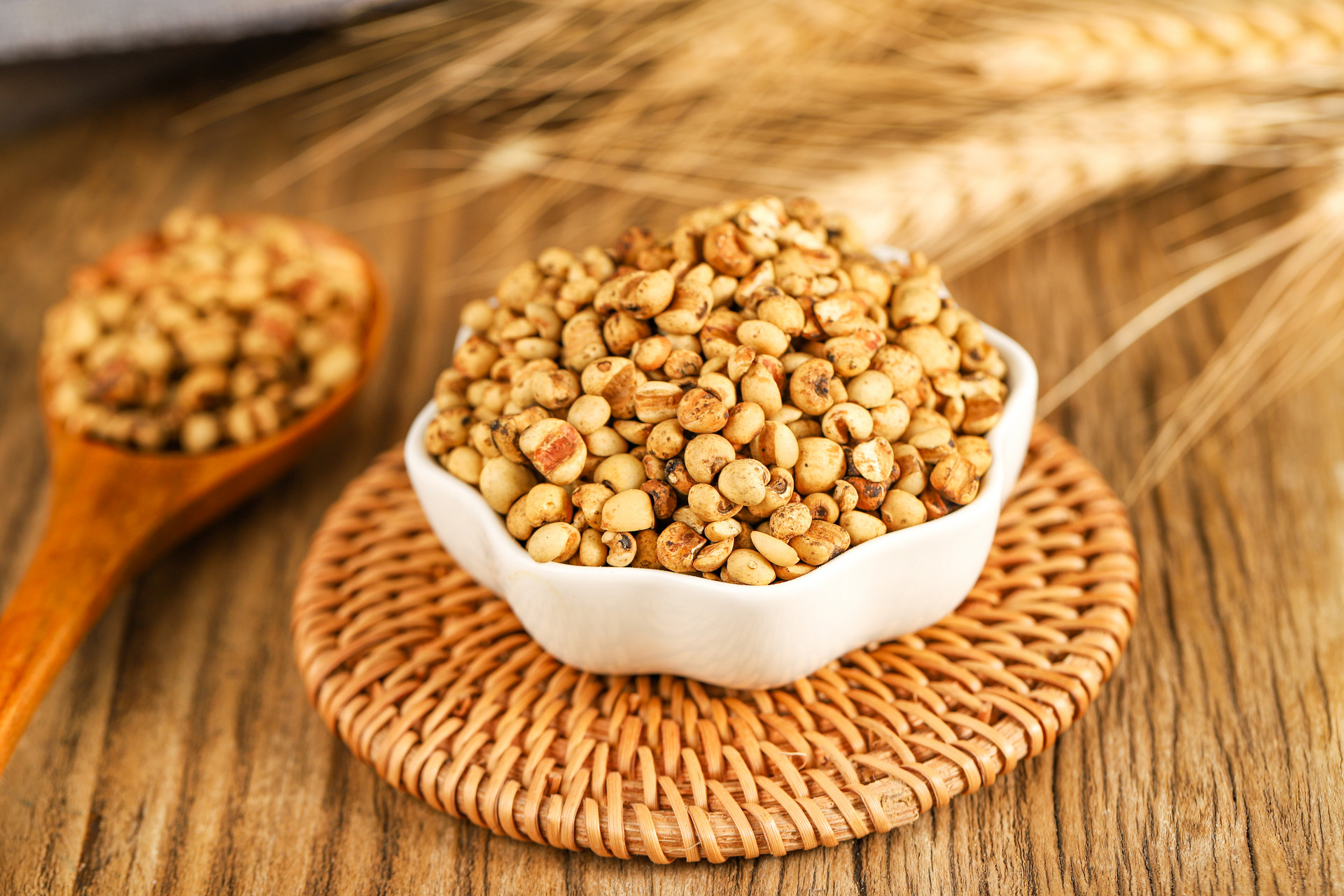Green beans are well-known to people of all ages. The most famous way to consume green beans is in the form of green bean soup, which is considered a refreshing summer delicacy. Green beans are also used to make various green bean products, such as green bean cake, green bean jelly, and green bean pancakes. If you have been to the "Fangshang" Muslim street in Xi'an, you might have seen green bean cake, which is a specialty pastry in Shaanxi. Another popular snack is "stir-fried jelly noodles". As a lover of sweets, I have indulged in green bean cake countless times, relying on my relatively slim figure.
Let's first take a look at the nutritional value of green beans. According to the "Chinese Residents' Dietary Guidelines," green beans are rich in nutrients, including proteins, minerals, carbohydrates, B vitamins, and dietary fiber. Compared to similar foods, green beans have higher average values in these important nutrients. Therefore, green beans are considered to have high nutritional and economic value among legumes. The content of various important nutrients in green beans is shown in the graph.
The benefits and effects of green beans are as follows:
1. Contains important nutrients for organs: The proteins and phospholipids in green beans have the function of stimulating nerves and improving appetite, providing nutrition to many important organs in the body.
2. Lowers cholesterol: The protein in green beans is mainly globulin. Globulin and dietary fiber (polysaccharides) in green beans can promote the decomposition of cholesterol into bile acids in the liver, accelerate the secretion of bile salts in bile, and reduce the absorption of cholesterol in the small intestine.
3. Lowers blood lipids: The polysaccharides in green beans can enhance the activity of serum lipoprotein lipase, leading to the hydrolysis of triglycerides in lipoproteins and achieving the effect of lowering blood lipids.
4. Protects the liver and kidneys: Green beans contain rich trypsin inhibitors, which can protect the liver and reduce protein breakdown, thus protecting the kidneys.
5. Detoxification and anti-allergic effects: According to experiments, the active ingredients in green beans have anti-allergic effects and inhibitory effects on Staphylococcus and certain viruses, and can clear heat and detoxify.
Now let's talk about the detoxification effect of green bean soup. From the perspective of modern food and nutrition research, green beans can play a detoxifying role in multiple aspects. The green bean skin contains green bean protein, flavonoids, tannins, etc. When they encounter heavy metals, they can form precipitates, thereby reducing the absorption of toxins. In addition, green beans can interact with the mucosa of the small intestine, affecting the physiological function of the small intestine and weakening the absorption of toxins.
Next, let's talk about cooking green bean soup. The duration of boiling the soup will determine its effectiveness. If boiled for only 10 minutes, the soup will have a clear green color, and its heat-clearing effect will be the best. If the green bean soup is boiled until the particles are almost invisible, according to the detoxification principle of green beans, the detoxification effect of the soup will be the best. During the boiling process, apart from adding sugar, no other ingredients should be added. The sugar can be rock sugar, granulated sugar, or brown sugar, each providing a different taste. This is a refreshing and thirst-quenching summer delicacy (Note: Choose the type and amount of sugar to add based on individual health conditions and dietary structure).
In Asia, green beans are often made into paste or flour. Chinese people like to make them into noodles (green bean noodles) or sprouts. Green bean sprouts can be used to make cold dishes or stir-fried dishes. Bean sprouts are also a must-have appetizer and beauty food on our dining table.
Green beans usually do not contain vitamin C, but after germination, they become rich in vitamin C. Especially green bean sprouts that have been germinated for 4 to 7 days have significantly increased levels of vitamin C. During germination, some proteins also break down into various amino acids that the body needs, reaching seven times the original content of green beans. Therefore, the nutritional value of green bean sprouts is greater than that of green beans. Green bean sprouts also contain abundant niacin, vitamin B2, vitamin B1, and carotene. They are rich in fiber and are a healthy vegetable for people with constipation. They also contain riboflavin, which can be used to relieve oral ulcers.
Green bean sprouts are easy to cook and digest. In addition, growing bean sprouts at home is simple and easy to learn. I recently bought a bean sprout machine and tried it out, and it was a success. Of course, homemade bean sprouts do not contain any additives, so they tend to be relatively small. They are more suitable for cold dishes (I won't go into detail about the method of growing bean sprouts as it is described in the machine's instructions).
When it comes to green bean cake, it is the first thing that comes to mind when talking about green bean products. Green bean cake is one of the famous seasonal pastries in Beijing-style cuisine. It has a standardized shape, a light yellow color, a fine and dense texture, and a fragrant and soft taste that is not sticky to the teeth. According to legend, people in ancient China would eat green bean cake during the Dragon Boat Festival to seek physical well-being and health, in addition to eating rice dumplings.
Green bean cakes can be divided into northern and southern styles based on taste. The northern style, also known as Beijing-style, does not add any oil during the production process. Although it is soft and fluffy, it does not have an oily texture, hence the name "dry bean cake".
The southern style includes Suzhou-style and Yangzhou-style. Suzhou-style green bean cakes can be made with meat or vegetarian ingredients, and oil needs to be added during the production process. It is important to note that the ingredients for Suzhou-style green bean cakes include cooked green bean powder, steamed yam powder (or wheat flour), vegetable oil (sesame oil), cooked lard, refined sugar, sugar rose petals, dried jujube, and osmanthus sugar, among others.
Suzhou-style green bean cakes may have better taste, but they are high-starch and high-calorie foods. It is recommended that people with high blood pressure, high blood sugar, and high blood lipids, as well as those with special medical conditions, avoid consuming them.












